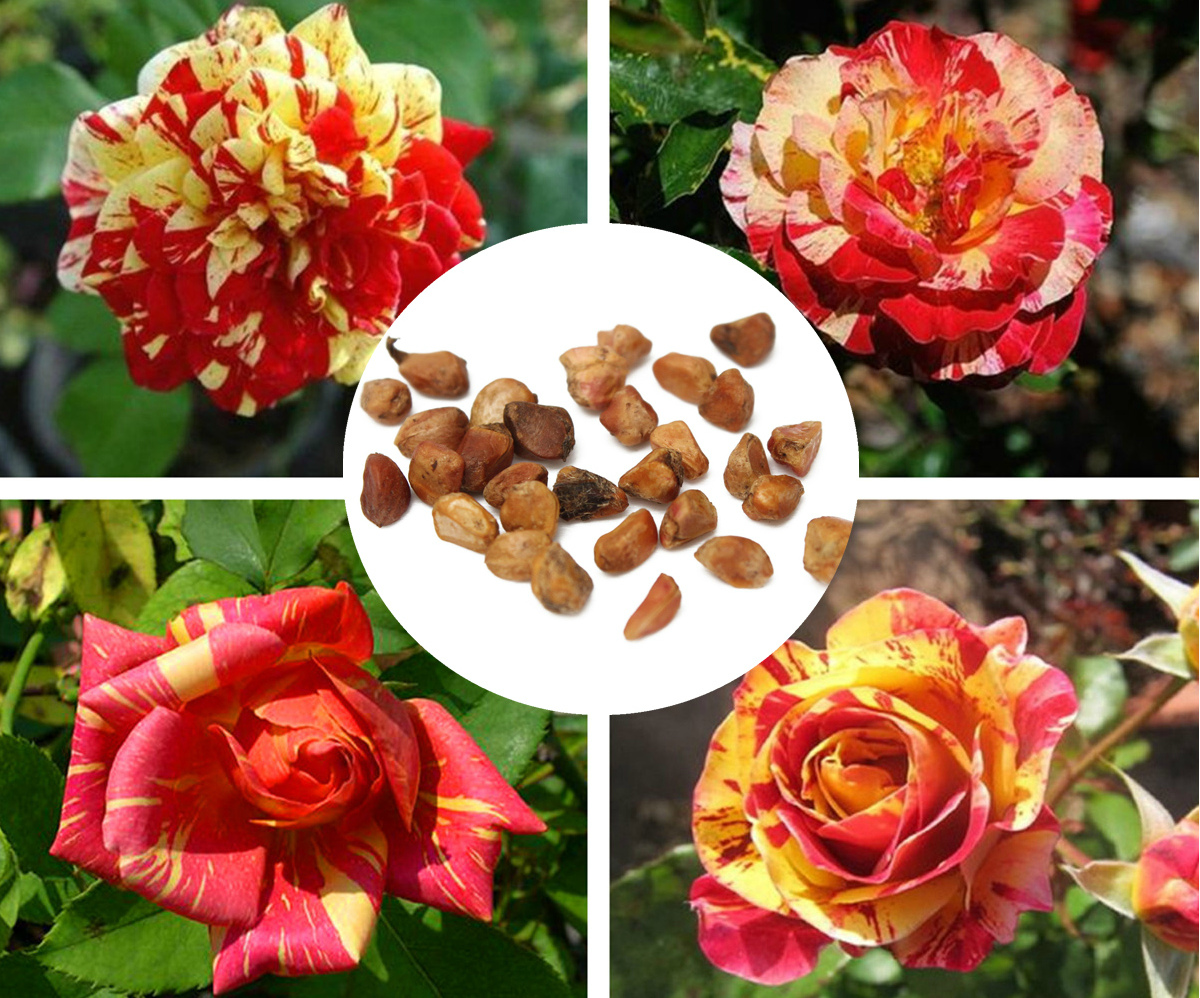
Growing roses with seeds is a fascinating, but rather time-consuming process. To achieve the result, you need to be patient and carefully examine all the intricacies of planting and caring for the plant. From common diseases and pests, a flower will help to protect proper agricultural technology and preventive treatments.
Content
Landing time
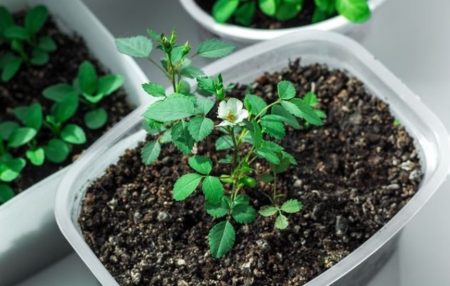
Experienced gardeners recommend growing roses in seedlings, in this case the percentage of seed germination increases, and the plants will be stronger. The timing of sowing seeds directly depends on the region of growing flowers. In the south of the country sowing work can be carried out in January, and in March seedlings will be ready for planting in the ground. In the middle zone of the country, seeds are sown in February-March, plants are transferred to open soil at 60 days of age. In the northern regions, sowing is carried out in mid or late March. In any region, planting is carried out only when heat sets in, when the threat of freezing frost has already passed.
Sowing preparation
Since roses are susceptible to fungal diseases, it is very important to wash the pots well for planting, this can be done with calcined or baking soda. In the absence of drainage holes on the container, they must be made. Flowers are demanding on the soil, so it is better to purchase fertile soil in a store, it has a balanced composition and is already disinfected. Also, the soil mixture can be made independently, but in this case it must be disinfected. There are several proven methods for this:
- calcination in the oven at a temperature of 100 degrees Celsius;
- steaming;
- treatment with disinfecting solutions;
Equally important is the preparation of seeds, they can be collected independently, as well as purchased. High-quality seeds can be bought on the Becker company website by clicking on it at the link https://en.tomathouse.com/4/.
Mostly purchased seeds do not need to be disinfected and soaked, but many gardeners still carry out these procedures. Pre-sowing seeds are simply necessary for seeds harvested on their own, for this they are first soaked in a solution of potassium permanganate, then dried, and then treated with a growth stimulator. Another important point in seed preparation is stratification, which is mandatory. To do this, you need:
- Take moisture-resistant material.
- Moisturize.
- Wrap seeds in it.
- Place the package in a container or bag.
- Clean in a cool place, refrigerator or basement.
Periodically, the parcel must be moistened and the seeds checked for mold; in case of occurrence, such a seed is thrown out, the rest are disinfected and put back in the cold. Stratification lasts approximately two months. After the sprouts hatch, the seeds are planted.
Planting and Seedling Care
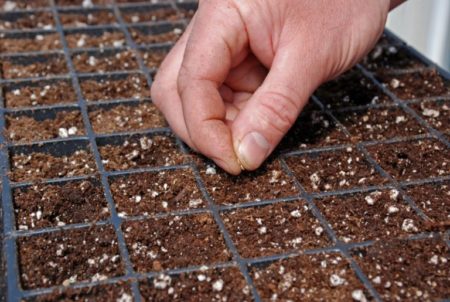
When the preparation for planting is over, and the seeds hatch, they can be planted in the soil. Spread the seeds in a container with fertile soil, slightly deepening them. After watering is carried out using a spray gun and cover the container with film or glass. When the soil dries, it is moistened, after emergence, the shelter can be removed.
The first time the seedlings need careful care, the room temperature should be 18-20 degrees. After the emergence of seedlings, the container with the future flower is placed in a bright place, however, it should be noted that direct sunlight is unacceptable. For seedlings, it is necessary to provide a 10-12 hour day, if necessary, it is illuminated with a fluorescent lamp.
The picking is carried out when the seedlings get stronger, the soil is moistened before the procedure, and each seedling is planted in separate pots along with an earthen lump. It is necessary to transplant plants carefully so as not to damage thin roots. The pink family is often exposed to fungal diseases. For preventive purposes, the soil is periodically treated with antifungal agents, for example, phytosporin. To protect the plant from the black legs, the topsoil is sprinkled with ash. For proper growth and development, roses need a rich and nutritious soil, flowers can be fertilized with liquid complex fertilizers for seedlings. Before planting, plants need to be hardened, for this, containers with seedlings are taken out into the open air, protecting them from the northern winds. The first procedure should last no more than 15 minutes, each time the time spent in the air is increased.
Landing
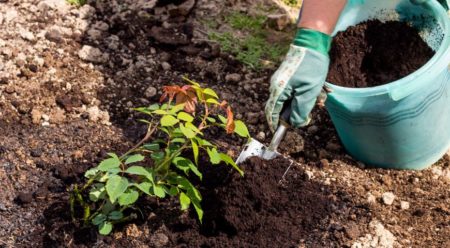
Plants are transplanted to the site as soon as the warm weather stabilizes. The soil must be prepared in advance:
- digging up;
- disinfect;
- apply fertilizer;
Landing is carried out in dry, calm weather, in the morning or evening. At first, at night, roses can be covered with a film, this will protect the flowers from the temperature difference. Further care consists in timely watering, loosening the soil, applying fertilizers, preventive measures and pruning.
Growing roses in a seedlingless way
Another method of growing - sowing seeds in open ground. Sowing is carried out in autumn, seed preparation consists only in treatment with copper sulfate and growth stimulants. Organic fertilizers are added to the soil and dug. Then, shallow grooves of approximately 1.5 cm are made in it, and seeds are laid in them, the distance between them should be at least 10 centimeters. Crops are mulched with peat, and they can also be covered with hay or any other covering materials.
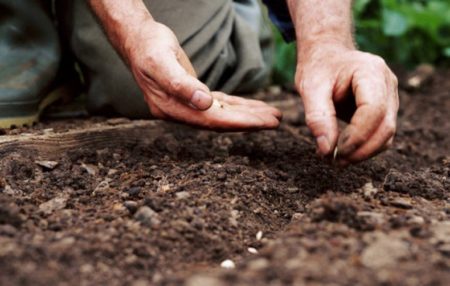
In the spring, when the heat is established, the shelter is removed and the emergence is expected. Many gardeners advise mulching the topsoil, for this humus, peat or compost is suitable. Mulch will not only help retain moisture and inhibit the growth of weed grass, but will also saturate the soil with useful substances. Further plant care is standard.
Conclusion
Roses are a bit moody, but if you follow the care recommendations, getting beautiful and healthy flowers from seeds is easy. Gardeners use both seedling and non-seedling cultivation methods, each of them has its own characteristics.

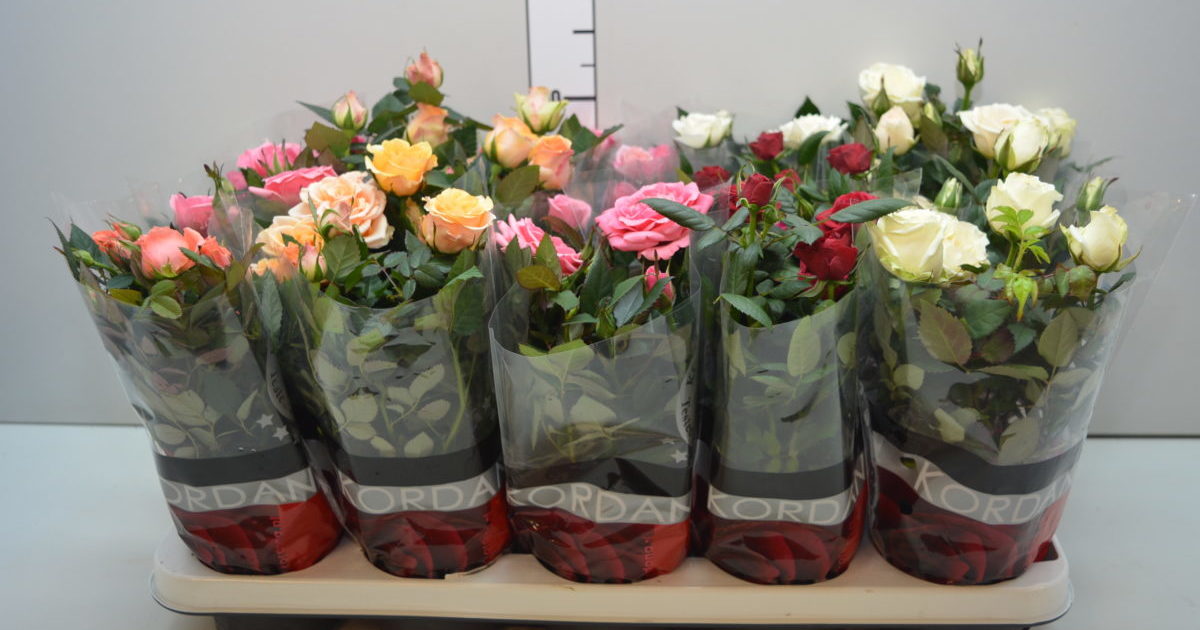
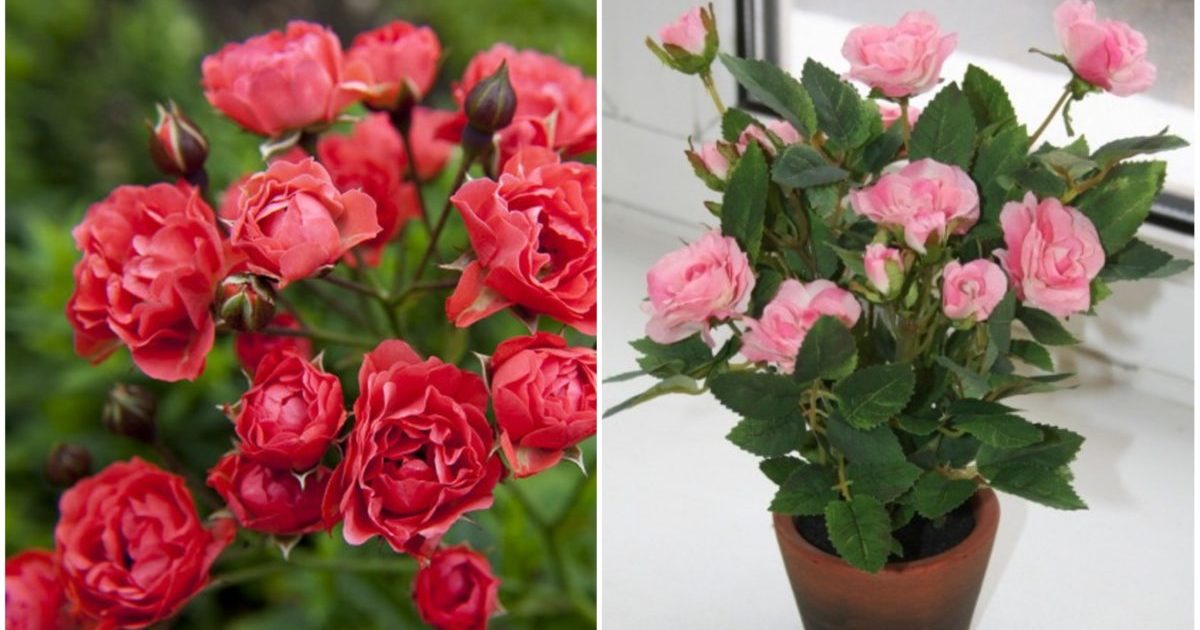
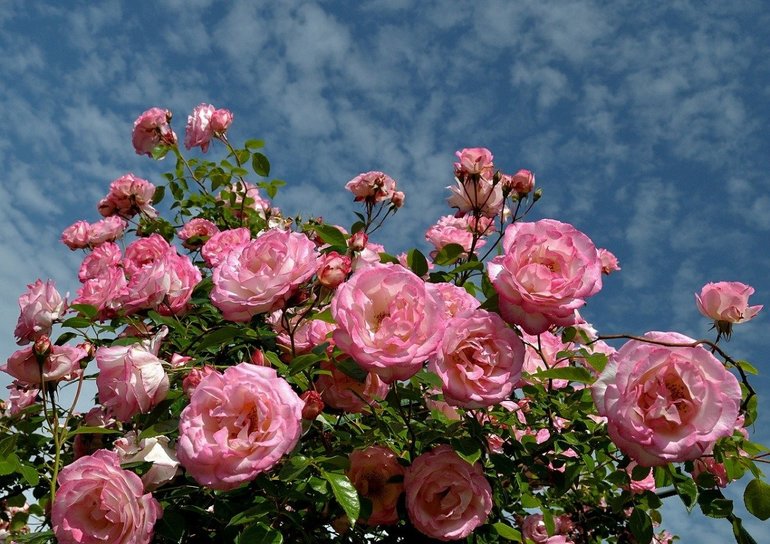

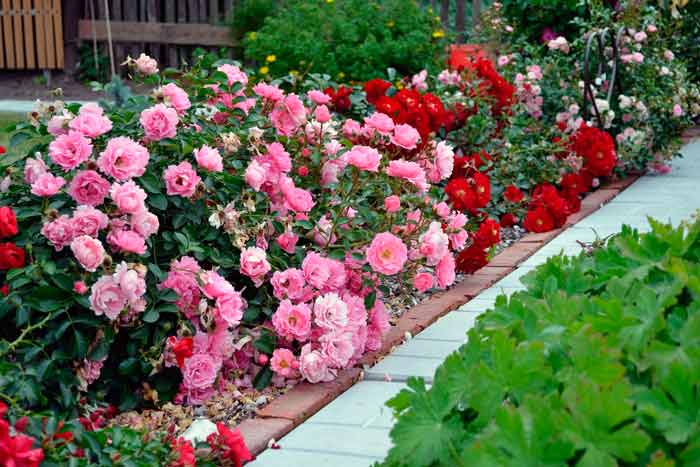 Shelter of roses for the winter: at what temperature does the robot hold
Shelter of roses for the winter: at what temperature does the robot hold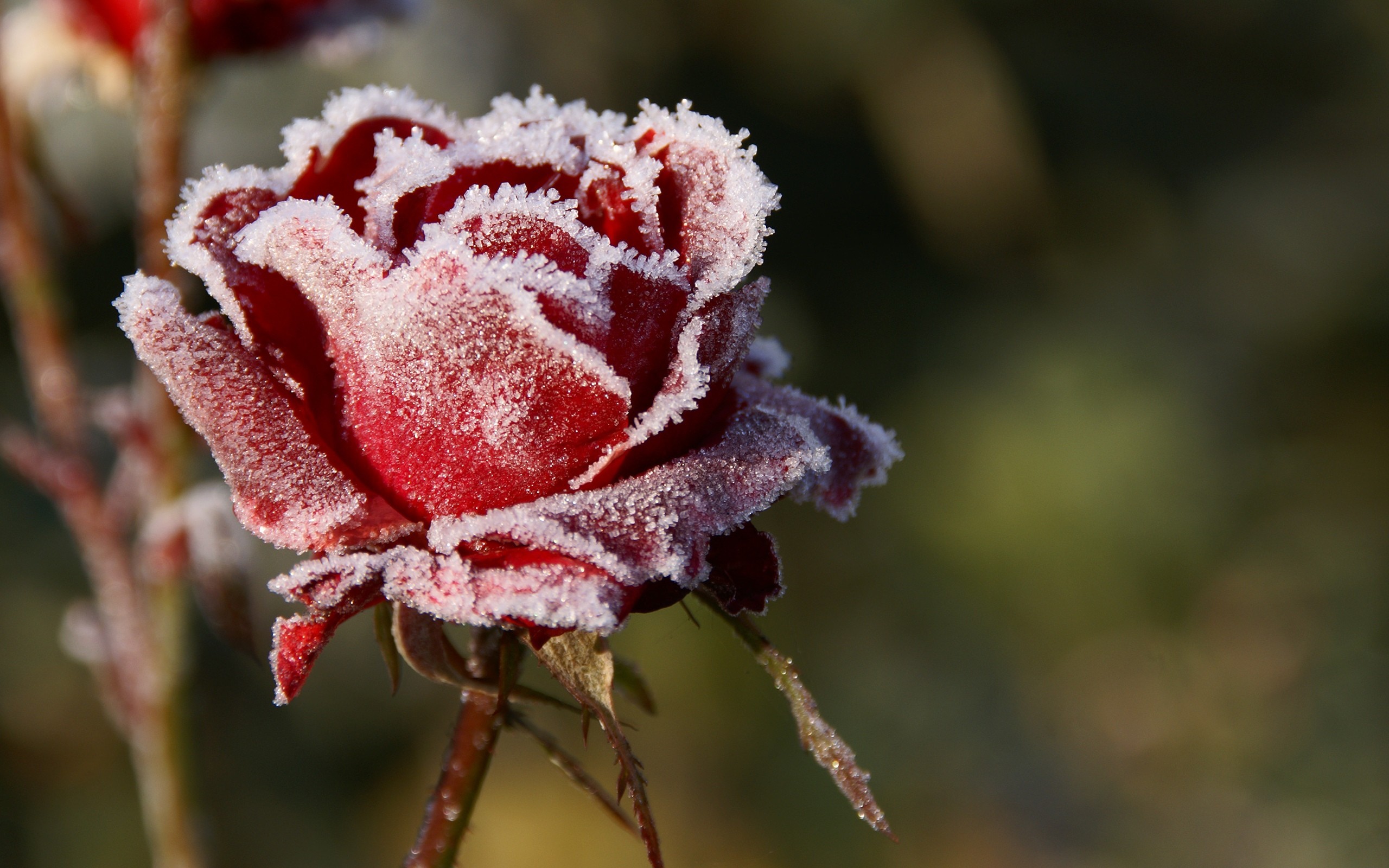 How to prune roses in the fall: timing, pruning rules, pros and cons
How to prune roses in the fall: timing, pruning rules, pros and cons What are the varieties and types of roses
What are the varieties and types of roses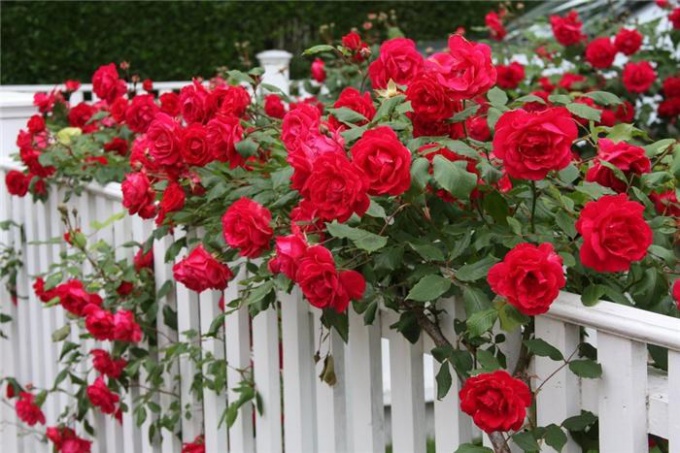 How to process roses with iron sulfate in autumn: proportions, advantages and disadvantages
How to process roses with iron sulfate in autumn: proportions, advantages and disadvantages